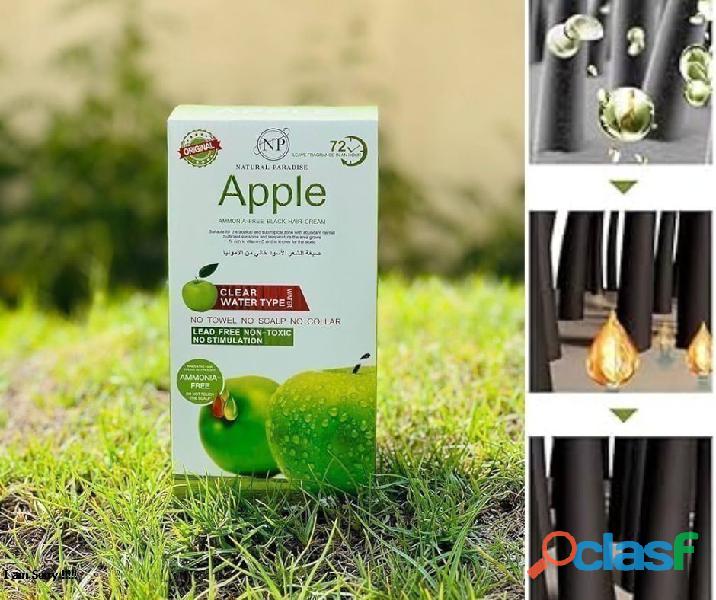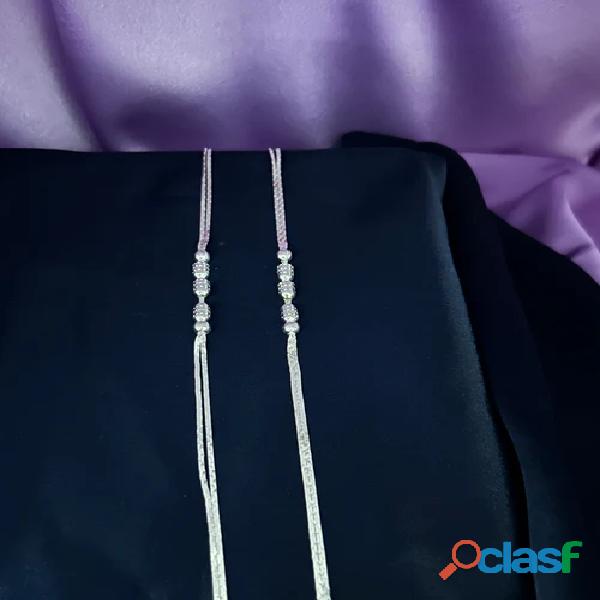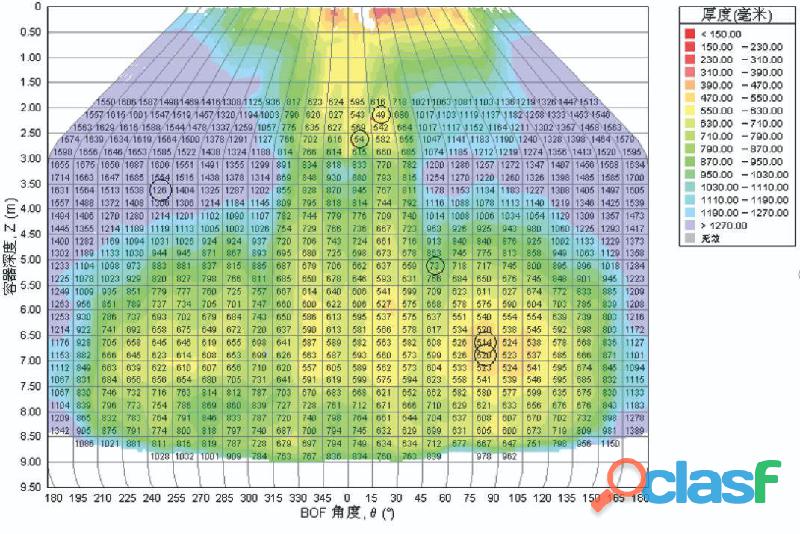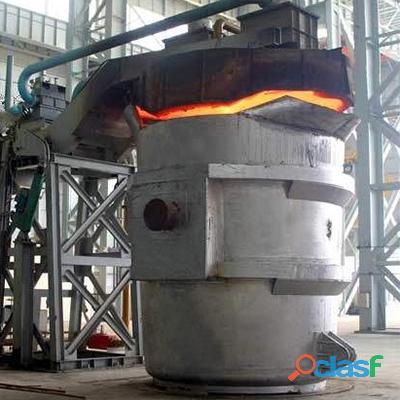Ipod nano 4th 8gb
Top sales list ipod nano 4th 8gb
Latest Offers

Pakistan (All cities)
The Energy-Efficient Single Phase Oil Cooled Servo Stabilizer provides reliable voltage stabilization for homes and offices, protecting sensitive electronics and appliances from voltage fluctuations. Featuring an advanced oil cooling system, it ensures efficient heat dissipation and prolonged lifespan. With low energy consumption, it offers cost-effective power protection, making it the ideal solution for stable and uninterrupted electricity flow. https://voltsine.in/product/single-phase-oil-cooled-servo-stabilizer/
Free
See product

Pakistan
Ready for their new home now pure breed beagles puppies. Both male and females available. They are all tri colour and are use to children. Mum is here to be seen with the puppies. For any further info please feel free to contact me. [Bizarte Beagles] Tri-colour Beagle Puppies male and female available.All Registered,pedigree and come with dew claws removed,free for MLS,NCCD by parentage,fully wormed,fully vaccinated with Contra.... ....
Rs 200,0
See product

Pakistan
Kennel Club Assured Breeder. Jimjen George Gently is a proven sire, (daughter & son Crufts qualified), and health tested, for MLS, NCCD, FVll, & IGS, and available at stud, to approved bitches,at small show kennel in Suffolk. 'Reach....Bonnie is a friendly and loving dog who loves attention and is very outgoing. He has been with us since he was 8 months old, but unfortunately he has been fighting with my male cat which causes him stress and anxiety being around the house.....Our amazing litter was born on 18th of December mum is stunning tri colour and dad is a lemon and white tri both pedigrees dad has five generations blood line with his papers to prove. We have a litter of 9 chunky playful pups all wormed and....
Rs 200,0
See product

Lahore (Punjab)
shorthand classes, shorthand speed classes, basic shorthand classes, newspaper dictation, new groups start, morning evening classes, township lahore
Rs 54.770,0
See product
20 photos

Lahore (Punjab)
Apple Hair Color Price In Pakistan - Quickon.pk Apple Hair Color Price In Pakistan is a hair dye product designed to provide vibrant, long-lasting color while maintaining the health and integrity of your hair. This product is formulated to offer rich, natural-looking color with the added benefits of conditioning and nourishing ingredients. What is Apple Hair Color Price In Pakistan? Apple Hair Color Price In Pakistan is a professional-quality hair dye that offers a wide range of shades to suit different hair types and preferences. The formula is enriched with conditioning agents and natural extracts that help protect and nourish the hair during the coloring process. It is designed to deliver vibrant, long-lasting color with a natural finish. https://quickon.pk/product/apple-hair-color-price-in-pakistanhttps://quickon.pk/product/feg-plus-hair-growth-sprayhttps://quickon.pk/product/sardar-jee-hair-color-gel-price-in-pakistan
Rs 3.500,0
See product

Gujrat (Punjab)
Jaipur, a city celebrated for its heritage and craftsmanship, is home to some of the finest Sheesham wood bed manufacturers. Sheesham wood, known for its strength, durability, and stunning natural grain patterns, is the ideal material for crafting high-quality beds that combine functionality with timeless beauty. Why Choose Sheesham Wood Beds? Durability: Sheesham wood is incredibly strong and resistant to wear, ensuring a long-lasting bed. Elegant Design: The rich textures and natural grain of Sheesham add a luxurious and earthy charm to any bedroom. Customizable Options: Jaipur manufacturers offer bespoke designs to suit your space and style preferences, from traditional carved beds to sleek modern styles. Eco-Friendly Choice: Many manufacturers use sustainably sourced Sheesham wood, supporting environmentally responsible practices. Types of Sheesham Wood Beds Available: Standard Beds: Classic designs suitable for any bedroom decor. Storage Beds: Functional beds with built-in storage to maximize space. Platform Beds: Minimalist and contemporary designs for a modern look. Poster Beds: Elegant four-poster beds that bring a royal touch to your space. Customized Beds: Tailored designs to fit specific dimensions and styles. Why Choose Sheesham Wood Bed Manufacturers in Jaipur? Jaipur’s Sheesham wood bed manufacturers are known for their impeccable craftsmanship, attention to detail, and the ability to deliver high-quality products. With a focus on both aesthetics and functionality, they ensure each bed is not only a piece of furniture but also a work of art. Explore the collections from Jaipur’s top Sheesham wood bed manufacturers and bring home a bed that combines luxury, comfort, and durability for a perfect night’s rest.
Rs 54.651,0
See product
2 photos

Pakistan
KC BRITISHPRIDE BRED English Bulldog Hes The son of Britishpride Royal Ascot. available for STUD. HE IS A PROVEN STUD DOG producing quality puppies.
Free
See product

Lahore (Punjab)
SEO Training in Lahore offers comprehensive courses designed to equip individuals with the skills needed to excel in search engine optimization. Whether you're a beginner or looking to enhance your existing knowledge, our training programs cover everything from basic SEO principles to advanced strategies. You will learn keyword research, on-page and off-page optimization, technical SEO, content marketing, and the latest SEO tools and techniques. Our experienced instructors provide hands-on training with real-world examples, ensuring you can apply what you've learned immediately. The course also includes case studies, projects, and practical
Free
See product
2 photos

Ahmadpur East (Punjab)
Online Silver Anklet in Jaipur – Chic, Elegant, and Comfortable Step up your accessory game with our gorgeous collection of online silver anklets in Jaipur at thelilacc. Crafted from 925 sterling silver, our anklets are designed to enhance your natural beauty with a perfect blend of sophistication and charm. Whether you prefer a simple design or one with delicate embellishments, our anklets add a graceful touch to any outfit, making them ideal for both everyday wear and special occasions. Why Choose Our Online Silver Anklets in Jaipur? Premium 925 Sterling Silver: Made from high-quality 925 silver, our anklets offer durability and a lasting shine that’s resistant to tarnish. Variety of Styles: From minimalist chic to ornate, detailed designs, our anklets come in a wide range of styles to suit your unique taste. Comfort and Fit: Designed for all-day wear, our anklets are lightweight, comfortable, and easy to adjust for a perfect fit. Perfect for Any Occasion: Whether you're dressing up for a celebration or adding a finishing touch to your daily look, our anklets are versatile enough for any occasion. Convenient Online Shopping: Browse and buy from the comfort of your home, with secure payment options and fast delivery across Jaipur. Shop online silver anklets in Jaipur at thelilacc and bring home the elegance and beauty of finely crafted silver jewelry. Order today and add timeless grace to your style!
Rs 3.541,0
See product
3 photos

Pakistan
Our amazing litter was born on 18th of December mum is stunning tri colour and dad is a lemon and white tri both pedigrees dad has five generations blood line with his papers to prove. We have a litter of 9 chunky playful pups all wormed and....
Rs 200,0
See product

Pakistan (All cities)
Overview The taper of the narrow face of the mold has an important influence on the quality of the casting billet. Excessive taper will cause the mold to squeeze the billet shell, and a small taper will increase the air gap. With the continuous increase of the requirements of the casting billets’ quality and the continuous introduction of high-precision molds, the current taper measuring instrument in the domestic market generally have low measurement accuracy and complex measurement methods, which restrict production development. The new-generation taper measuring instrument developed by Wuhan CenterRise M&C Engineering Co., Ltd. adopts imported high-precision inclination sensor, combined with ultra-low power consumption processor, which can quickly and accurately measure the actual taper value of the narrow copper plate of the mold. The instrument is fully functional, easy to use and suitable for slab molds of various lengths. Most of the current slab molds are single-taper, a narrow flat copper plate. The taper value required for production can be achieved by adjusting the angle between the narrow copper plate and the direction of gravity. The taper measuring instrument directly measures the angle between the narrow copper plate and the direction of gravity. According to habits and production needs, the angle is converted into the value of one-sided shrinkage of the upper and lower ports. The main features 1. Easy to calibrate, stable performance, easy to operate 2. Self-supporting, self-aligning, self-balancing 3. High measurement accuracy 4. LCD data reading 5. Fast response, real-time display reading 6. Adjustment of dynamic intelligent system 7. Lithium battery power supply, suitable for on-site use of mobile operations 8. The continuous measurement time is more than 36 hours 9. The sensor adopts multiple protections to meet the needs of on-site harsh environment measurement 10. The weight of the whole system is less than 3.8 kg, and it is equipped with a set of zero-point calibration table, which is convenient for on-site installation and measurement 11. Applicable to various arc, parabolic and straight molds The performance and index 1. Measuring range: -3°~ +3° (measurement length can be customized according to users’ needs) 2. Measurement accuracy: 0.01mm 3. Temperature range: -25℃~+85℃ 4. Linearity deviation: -0.03mm ~ + 0.03 mm 5. The longest usage time after fully charged: 36 hours 6. The longest storage time after fully charged: 2 months The main components 1. Measuring instrument: central measurement and control unit, measuring sensor 2. Measuring stand 3. Standard table: standard surface, support frame, spirit level
Rs 0,0
See product

Pakistan (All cities)
Overview LDT-I200 is a new generation of converter lining thickness gauge launched by our company. The system equipment emits a pulsed laser beam to the lining surface of the converter, and receives the returned laser light to measure its flight time. Then the system equipment calculates the distance between the equipment and the target point according to the transmission speed of the laser. During measurement, the user pushes the equipment to a certain position on the platform in front of the converter, and the equipment can start to scan and measure the target area of the converter after the equipment performs rapid self-positioning. The Measuring principle The measurement speed of LDT-I200 can reach up to 2,000,000 points per second, and each scan can obtain distance data of more than 1.5 million points. The actual surface curve of the entire converter lining can be obtained by combining the measurement data of different positions and angles. During the measurement, the laser head of the equipment rotates at a certain step angle to rapidly change the angle of the pulsed laser beam. Within 4 minutes, the three-dimensional surface contour of the converter lining can be formed, and the thickness information of the furnace lining can be obtained through coordinate conversion calculation. The measurement accuracy up to ±2mm. In order to convert the distance from the internal point of the converter to the thickness gauge into the thickness of the furnace lining at each point, we must know the coordinate relationship between the trolley and the converter. We use the second laser head to position the trolley. When the trolley is pushed to the measurement site, the positioning laser head rotates at high speed to scan the three reflective strips opposite the converter. Through triangulation measurement and calculation, we can calculate the relative position of the trolley to the reflective strips. The coordinates of the reflective strip and the converter are known through mapping, so that the coordinates of the trolley relative to the converter can be accurately obtained. The main components 1. Laser measuring head 2. Wireless communication 3. Battery pack 4. Mobile laser thickness gauge host 5. Converter inclination measurement system 6. Cooling circulation system 7. Positioning auxiliary reflector 8. Laser positioning system The technical indexes Laser reproducibility: ±2mm Laser accuracy: ±2mm Local fastest measurement time: 15s Positioning time: 30s Full image measurement time: 4min The highest measurable lining temperature: 1850℃ Measuring distance: 0.5-25m Actual points are measured per frame: 1500000 points Continuous working time after fully charged: ≥3h Eye-safe laser: Class 1 laser product (doesn't hurt the eyes) The parameters of laser measuring head Measurement principle: According to the flight time and speed of the laser to calculate the distance Laser reproducibility: ±2mm Laser accuracy: ±2mm Scan rate: 2000000 points/second Measuring angle: vertical ±40°, horizontal 360° Maximum measurement temperature: 2200℃ Working temperature: -20℃-80℃ Cooling method: Integrated liquid cooling system, IP64 grade protection Laser wavelength: 1550nm (near infrared)
Rs 0,0
See product
2 photos

Abbottabad (Khyber Pakhtunkhwa)
Looking for the perfect way to Send Birthday Gifts to India? We’ve got you covered with our unique selection of Birthday Gifts! From personalized keepsakes to luxury hampers, there’s something special for everyone. Worried about last-minute orders? Birthday Gift Same Day Delivery in India ensures your gift reaches on time. Explore our curated collection and make birthdays memorable. Shop now to find the ideal gift that says “happy birthday” in the most thoughtful way.
Rs 500,0
See product

Pakistan (All cities)
Overview: In the steelmaking production process, the ladle is the key equipment for holding molten steel, secondary refining, and continuous pouring. In a modern steelmaking plant, refractory materials are required for converters, refining, and ladles. In the steelmaking process, ladle is the main equipment for using and consuming refractory materials. Improving the service life of ladles and reducing refractory consumption is the key technology for steelmaking plants to save costs and reduce energy consumption for green production. In order to ensure the orderly operation of the ladle, save the consumption of refractory materials, prolong the service life of the ladle, and ensure the safe operation of the ladle, Wuhan CenterRise M&C Engineering CO. developed and launched the LDT-N200 integrated management system for the ladle. Introduction: LDT-N200 ladle integrated management system integrates LDT-L200 ladle lining thickness gauge, TBP-S300 ladle, tundish baking temperature and leakage monitoring system, RFD -C100 metallurgical electronic positioning system, and also integrates SQL Server database and NeuralWare (American computer software company) neural network software NeuralWorks to realize intelligent and optimized management of ladles. LDT-L200 ladle lining thickness gauge uses a laser area array scanning sensor to accurately measure the real-time thickness of the ladle lining, calculate the lining loss, and predict the service life of the ladle. TBP-S300 ladle, tundish baking temperature and leakage monitoring system uses infrared thermal imaging camera and embedded armor wire system to comprehensively monitor and prevent ladle leakage. RFD-C100 metallurgical electronic positioning system installs RFID electronic tags on all ladles to realize full-time and full-space ladle positioning and tracking. LDT-S200 ladle optimization control and analysis software, based on SQL Server database, B/S network structure, realizes online management of ladles, and adopts BP neural network system to realize intelligent optimization control of ladles. LDT-N200 ladle integrated management system can realize ladle age management based on ladle lining data and neural network algorithm, safety process control of ladle turnover and use, full-time tracking management of steelmaking production and full-space tracking management of ladle use and provide optimal control and management of steelmaking production and ladle maintenance. Comprehensive ladle measurement and monitoring, ladle positioning and management, and data management and optimization enable the LDT-N200 ladle integrated management system to fully realize ladle entire process management, optimize the service life of ladles, and comprehensively reduce the cost of refractory materials. The features: Using a lining thickness gauge to measure the thickness of the ladle lining Using infrared thermal imaging camera/embedded armor wire to realize ladle leakage detection Using RFID/number plate recognition to realize the location management of ladles Ladle age management system based on overall tracking Overall (full-time full-space) ladle management system based on database Provide overall production scheduling data Using neural network to predict ladle service life based on big data Ladle Optimal Scheduling System based on database and ladle service life Increase the service life of ladle by 12%-20% Reduce the use of refractory materials more than 15% Realize orderly management of ladle baking Realize full space and full time domain control Reduce the costs of ladle management and maintenance Improve the efficiency of ladle turnover operation
Rs 0,0
See product

Pakistan (All cities)
Effective Bird Deterrence: Strategically designed bird spikes to effectively deter pigeons, sparrows, and other nuisance birds.....
Free
See product
